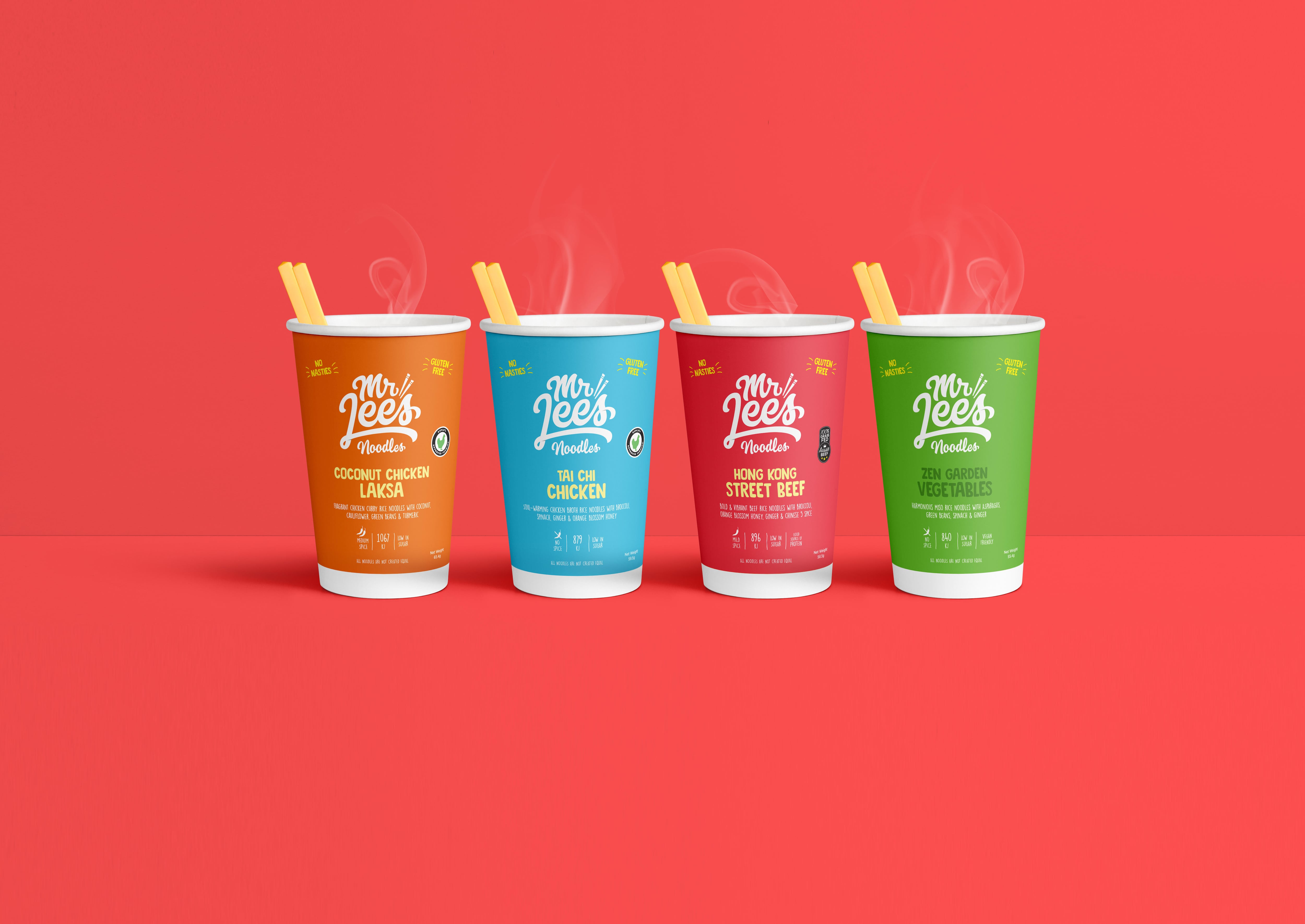Mr Lee’s Noodles originated in the United Kingdom, with an APAC base currently located in Australia. The brand already has a healthy presence in Australia and also exports to New Zealand and Hong Kong.
According to Mr Lee’s Noodles managing company Mr Lee’s Pure Foods Director Australasia Greg Longhurst, the brand is looking at Asia as a major target market, but is first working to overcome challenges it has found in terms of packaging and pricing.
“We have found a need to redefine our packaging to suit exports, particularly to Asia due to the high humidity,” Longhurst told FoodNavigator-Asia.
“In the interest of sustainability, the seasoning in our noodle cups is usually put in loose, but we are concerned that doing this in Asia will bring down the shelf life significantly as the humidity might permeate through the cup, which is also made to be as sustainable as possible.
“As we want to have a long-term viable product, we know we need to package the seasoning in a pouch, but still want to stay true to our sustainability commitments so are now working on developing an environmentally-viable pouch for this.”
In addition to this, Mr Lee’s Noodles are generally priced as a more premium product due to the freeze-drying technique (as opposed to regular dehydration) and higher-quality ingredients such as chunks of meat and vegetables used, but the worry is that Asian consumers may not be as receptive to higher-priced products despite the higher quality.
“In the first place, instant noodles as a category are usually a price-conscious decision on the part of consumers – few people walk down the noodle aisle thinking to look for a healthier choice, but more of a cheaper one, [not to mention] Asia has more price-sensitive markets,” said Longhurst.
“So because we want to avoid price becoming a preventing factor in consumers choosing our brand, we are hoping to attract them with our new ramen range first, which is launching in Q1 next year.
“Ramen is generally a more price-conscious product, and we are hoping can target buyers in the noodle aisle as this will appeal to a wider audience, so we can get the exposure to tell our story more quickly then bring in the other products after consumers are familiar with the brand.”
The original range of Mr Lee’s Noodles comprising four flavours (Tai Chi Chicken, Coconut Chicken Laksa, Zen Garden Vegetables, Hong Kong Street Beef) are available at Harris Farms suprmarkets in Australia at A$5.29 for each 59.5g cup, in addition to IGA, on Amazon, and onboard Virgin Airlines as its only noodle option.
“We’re also in talks with Coles and Woolworths at the moment, and are thinking we will enter those chains most likely next year,” said Longhurst.
“For Woolworths in particular, we don’t really want to go the traditional way and are looking more at being in their ‘Up’ range of supermarkets, which is somewhat more premium and offers an alternative range of products to different regions in Australia, depending on the surrounding demographic.”
New developments
In addition to new supermarket entry and a new ramen range, Longhurst added that Mr Lee’s is also planning to bring in two more flavours from the traditional range which are available in the UK but have thus far not been accessible for Australian consumers.
“There are two more flavours in the range – Warrior Fighting Shrimp and Dragon Fire Vegetables – which we have not yet brought over, but are planning to introduce here soon as we believe they will appeal to consumers,” he said.
“This was initially because come of the ingredients e.g. shrimp in particular are not that easy to get in Australia, making it very expensive to produce here, and again, we need to be price conscious to get the buyer in not just in Asia but also in Australia.
“We’re finding a way around that though, and will launch those flavours soon, in addition to the ramen range and a seafood flavour congee next year.”
The firm also sells a range of congee rice porridges in Australia and Hong Kong.





